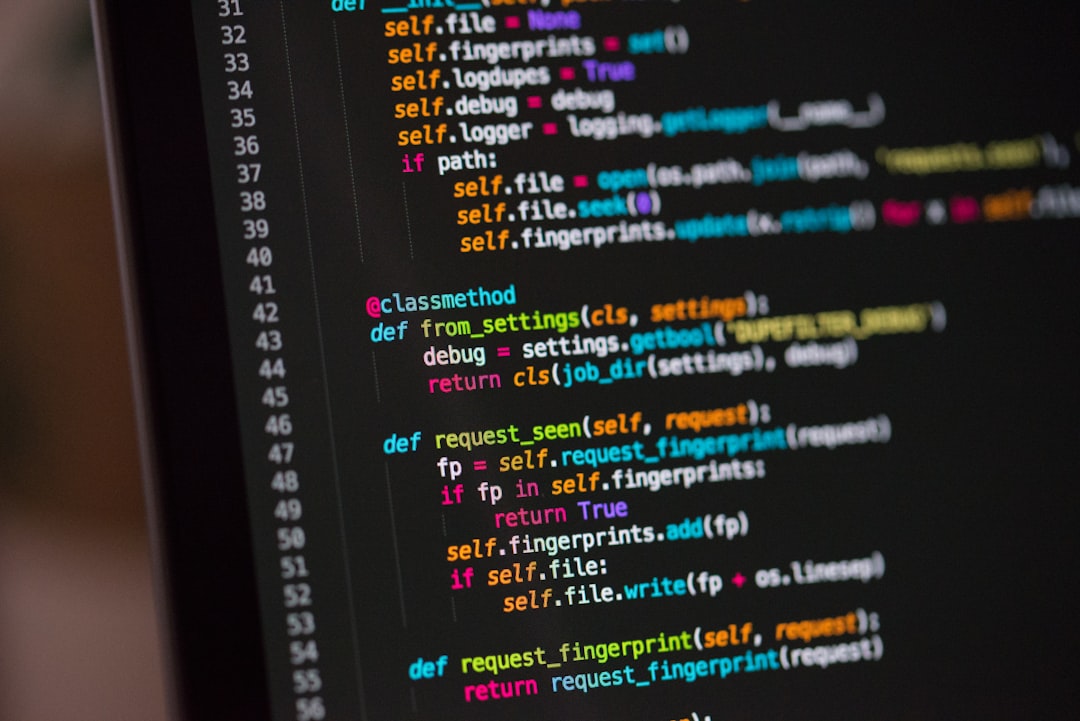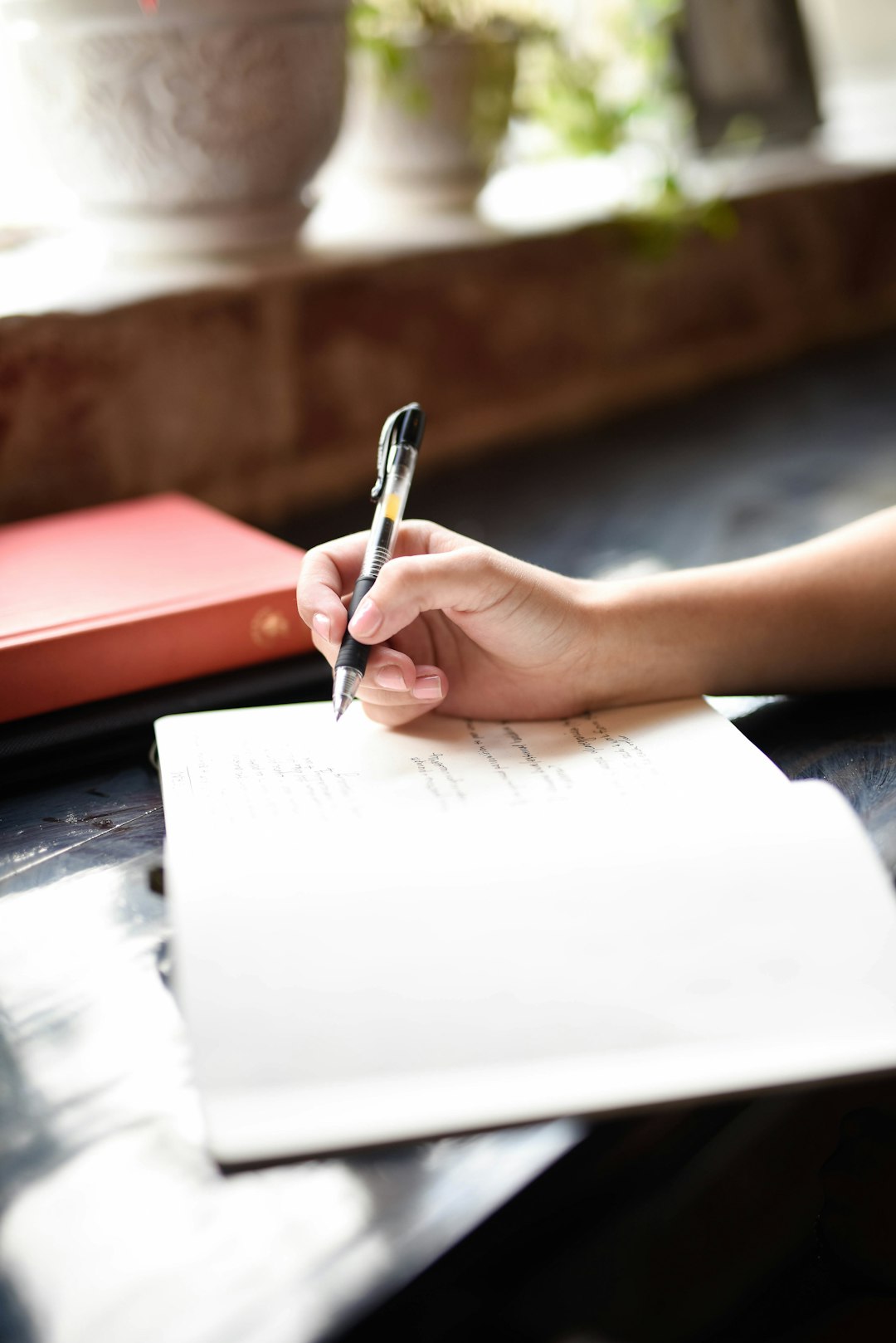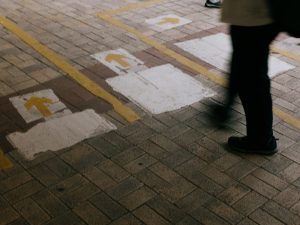
In today’s digitally connected world, authors face a growing challenge: how to ensure that their original work remains safe from unauthorized use or outright plagiarism. With the rapid exchange of information online, protecting intellectual property has become essential. One of the most effective tools for authors in this battle is the use of plagiarism detection tools. These tools, originally designed to catch instances of copied content, can also serve as a defensive shield for creators looking to safeguard their work.
The Role of Plagiarism Detectors
Plagiarism detection software compares text against massive databases of published material to identify similarities. For authors, this not only helps ensure the originality of their own work but also acts as a means of identifying misuse by others. While many think of plagiarism detection as a tool for educators or publishers, independent authors, journalists, researchers, and bloggers can benefit just as significantly.
How Authors Can Use Plagiarism Detectors Effectively
To get the most value from plagiarism detectors, authors should consider integrating them into their writing and publication process. Here are several practical ways to do that:
- Before Publishing: Use plagiarism tools to check your own manuscript to confirm it doesn’t unintentionally mirror existing work.
- After Publishing: Run periodic online checks to see if your content appears somewhere else without your permission.
- Identifying Paraphrased Theft: Some advanced tools use artificial intelligence to recognize paraphrased content, helping you detect less obvious forms of plagiarism.

Choosing the Right Tool
Authors must select a plagiarism checker that aligns with their needs. While dozens of tools are available, not all offer the same features or scanning depth. When evaluating your options, consider the following:
- Database Size: Effective tools should scan against a very large and continually updated database, including web pages, academic papers, and books.
- Reporting Detail: Look for software that gives a detailed similarity report, highlighting affected passages and linking to potential sources.
- Security and Confidentiality: Ensure the tool does not store or redistribute your content after analysis.
- Cost and Accessibility: If you’re an independent author, opt for tools with flexible or single-use pricing structures.
Some of the most trusted plagiarism detection tools include:
- Turnitin – Often used in academic settings, it has a vast content database.
- Copyscape – Excellent for web-based content, great for bloggers and article writers.
- Grammarly Premium – Useful for casual and professional writing with built-in AI suggestions.
- Plagscan – Well-suited for professional papers and supports a wide range of formats.
Monitoring Your Published Work
Once a book, article, or blog post is published, authors should treat its protection as an ongoing responsibility. Periodically run parts of your most important texts through plagiarism detectors to catch unauthorized republication. This is especially crucial in the age of automated scraping and content theft bots, which can lift and publish content without human intervention.

Beyond detection, many of these tools equip authors with proof they can use when filing copyright infringement reports. If your work is copied and published without consent, having a similarity report from a reliable tool strengthens your case with website operators, DMCA takedown services, or legal authorities.
Additional Precautions to Protect Your Work
While plagiarism detection tools are an excellent resource, authors should combine them with other protective measures. Here are some additional practices:
- Register Your Work: Consider officially registering your work with a copyright office to strengthen your legal claims.
- Use Watermarks or Metadata: Embed metadata in your digital files or include identifiable watermarks to help establish authorship.
- Set Google Alerts: Create alerts for sentences or phrases unique to your writing to catch duplication quickly.
The Value of Vigilance
Ultimately, the responsibility of protecting creative work rests with the author. While no method is foolproof, leveraging plagiarism detectors strengthens your position and helps uphold the value of your content. A proactive approach—combining technological tools with legal awareness—can make all the difference in maintaining control over intellectual property.
As technology evolves, so too will the sophistication of content theft. Staying informed and adaptive ensures that authors can navigate these challenges with confidence and integrity.






